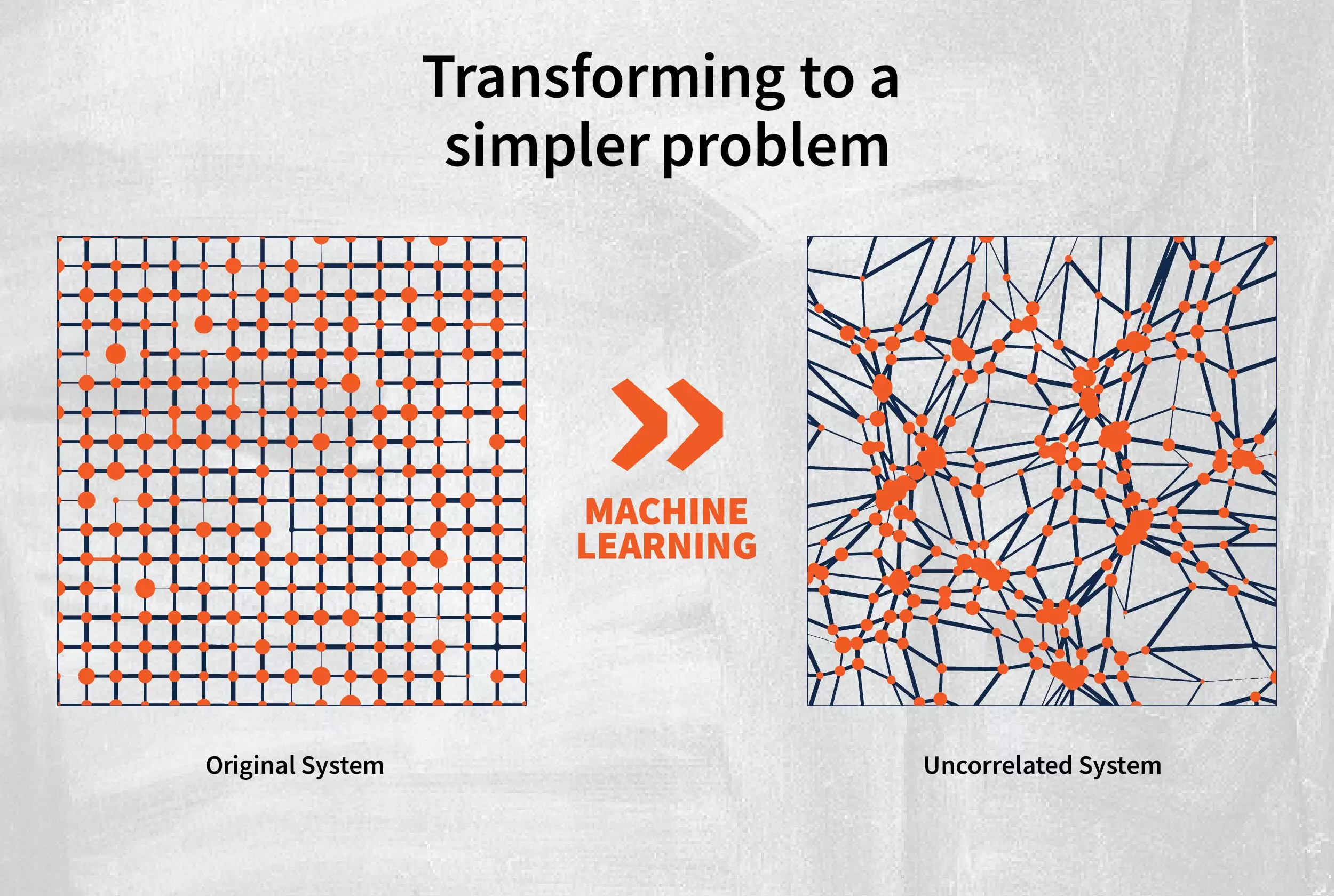In a groundbreaking study conducted by researchers from the University of Illinois Urbana-Champaign, a new approach to modeling diffusion in multicomponent alloys has been introduced. This innovative method involves breaking down diffusion into individual contributions, termed “kinosons,” and utilizing machine learning to determine the statistical distribution of these contributions. The results of this study have been published in the esteemed journal Physical Review Letters, shedding light on a more efficient way to calculate diffusivity in complex alloys.
Diffusion in solids is a crucial process that underpins various industrial applications, ranging from the production of steel to the functioning of batteries and semiconductor devices. Understanding how atoms move within a material is essential for optimizing its mechanical properties and thermal stability. Multicomponent alloys, composed of multiple elements like manganese, cobalt, chromium, iron, and nickel, offer unique characteristics that make them ideal candidates for high-performance materials. By investigating diffusion in these alloys, researchers aim to unravel the intricate mechanisms governing atomic movement in complex systems.
One of the main obstacles in studying diffusion in solids is the need for extended simulation times to capture the full scope of atomistic movements. Traditional approaches to modeling diffusion rely on running simulations for prolonged periods to observe the random displacements of atoms over time. This time-consuming process limits the ability to accurately calculate transition rates and impedes comprehensive studies of diffusion behavior. The complexity of diffusion is further compounded by correlated jumps, where atoms move back and forth, making it challenging to discern meaningful patterns of atomic motion.
To address the limitations of conventional diffusion modeling, the research team introduced the concept of “kinosons,” which represent individual atomic movements contributing to overall diffusivity. By isolating these distinct jumps and using machine learning to analyze their distribution, researchers were able to streamline the calculation of diffusivity in multicomponent alloys. The term “kinosons” refers to small atomic displacements that cumulatively determine the diffusion behavior of the material. This novel approach enables a more nuanced understanding of how different elements diffuse within a solid and offers insights into the underlying diffusion mechanisms.
By leveraging machine learning algorithms to process the data on kinosons, researchers achieved a significant acceleration in diffusion simulations. The ability to extract the probability distribution of individual atomic movements and aggregate them to calculate diffusivity represents a paradigm shift in diffusion modeling. Compared to traditional trajectory-based methods, the kinosons approach allows for simulations to be conducted up to 100 times faster, revolutionizing the efficiency of diffusion studies. This accelerated methodology not only enhances the speed of calculations but also provides a more comprehensive overview of atomic diffusion in multicomponent alloys.
Professor Dallas Trinkle, the lead researcher on this project, believes that the utilization of kinosons and machine learning will redefine the way diffusion is studied in the coming decade. This innovative approach offers a fresh perspective on diffusion modeling by focusing on individual atomic movements rather than holistic trajectories. The potential impact of this method extends beyond fundamental research to practical applications in materials science and engineering. As the field of diffusion continues to evolve, the kinosons framework promises to be a game-changer in unraveling the complexities of atomic motion in diverse materials.
The integration of kinosons and machine learning in diffusion modeling represents a major leap forward in understanding the behavior of atoms in multicomponent alloys. By reimagining diffusion as a sum of individual contributions, researchers have unlocked a more efficient and insightful approach to studying atomic movements in solids. This innovative methodology paves the way for future advancements in diffusion research and holds tremendous potential for accelerating discoveries in materials science and engineering.



Leave a Reply